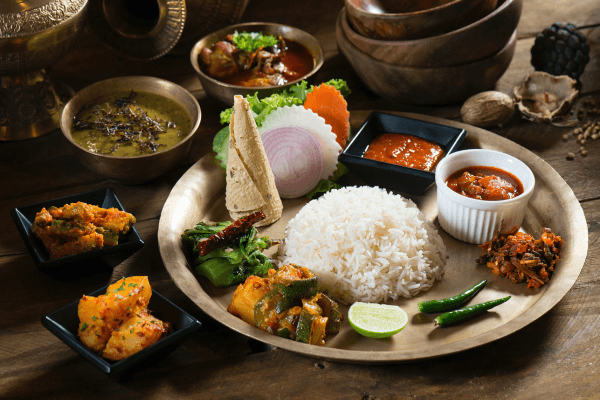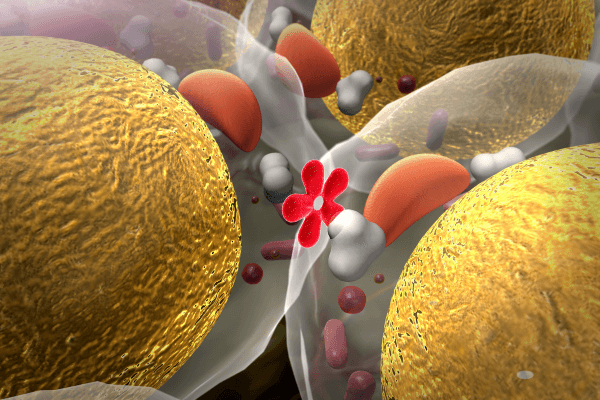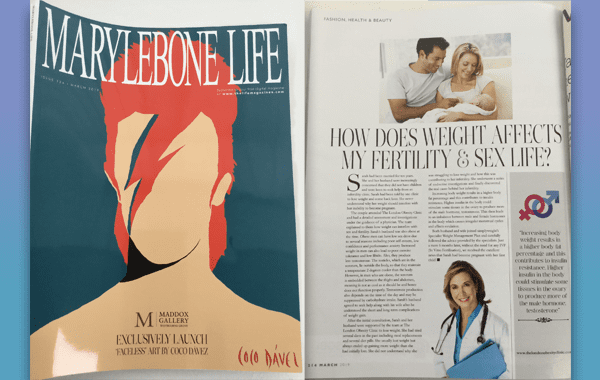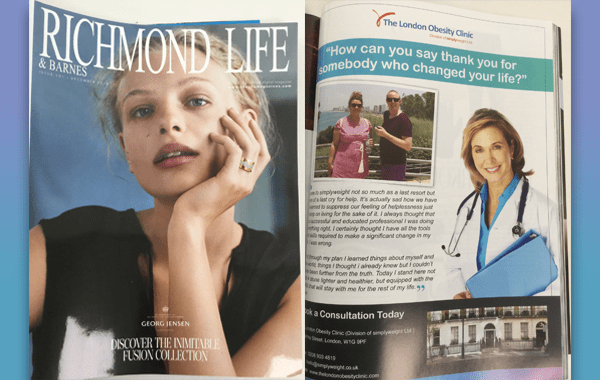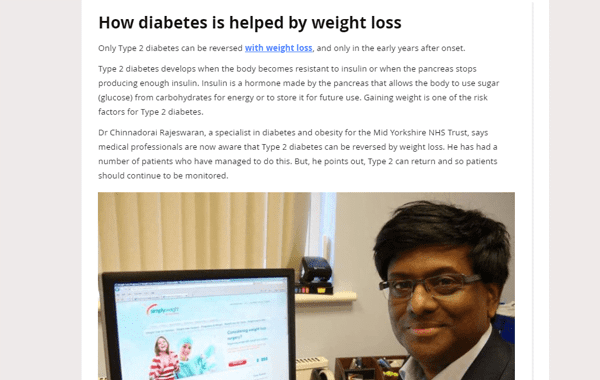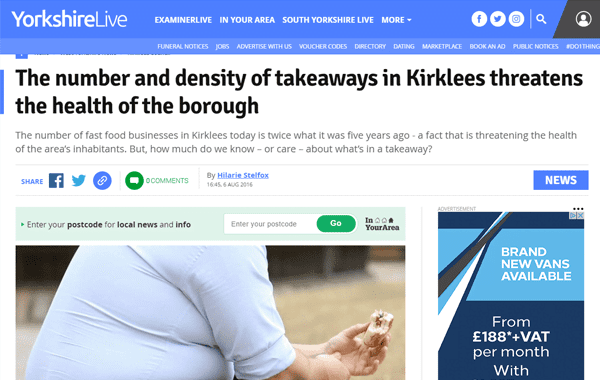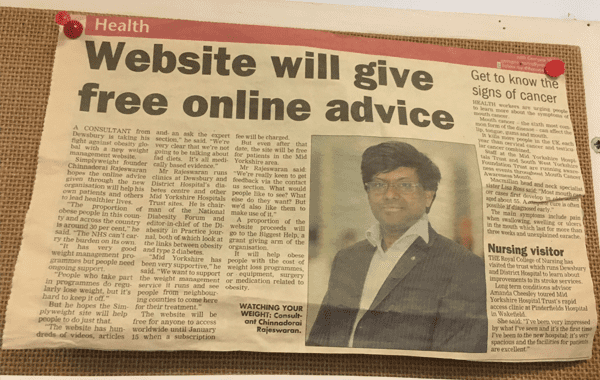We all love fried foods, and high-fat foods as they enhance our taste buds. Using oil has been a staple in our kitchen from sauteing vegetables to frying meats, sweets, pakoras and more.
But in recent times there is a growing interest in oil-free and no-oil cooking. With the concern for the risk of developing cardiovascular diseases the popularity of no-oil cooking has grown.
Let us understand why no oil cooking can protect your heart and if it is needed.
Fats are essential for our body. Our body produces a certain amount of fat in the body and we also get it from dietary sources. They provide energy and help in the absorption of vitamins, production of hormones and cell function.
When fat-rich food is consumed it stimulates the brain to release happy hormones called dopamine which makes you feel pleasurable. They also provide satiety.
Our love for fat is a complex connection of biological necessity, psychological pleasure and cultural tradition.
Though fats are essential for our health, it is important to choose the right type of oil and quantity of oil.
The so-called villains of fat are saturated fat and trans fat. They cause LDL cholesterol levels (commonly referred to as ‘bad cholesterol’) to increase in the body and when the LDL levels are high they form plaque and block the arteries which raises the risk of developing heart diseases. They are present in butter, lard, bacon, red meats, processed cheese, coconut oil and palm oil.
Cardio-protective oil – Is it healthy?
We might have seen ads on oils being labelled as cardio-protective. Do you think it is protecting the heart? The answer is no, oils cannot protect the heart, but they can have some beneficial effects on the heart.
To minimise the risk of heart attacks or any heart conditions, you can follow a healthy diet by including healthy fat and no oil while cooking.
You must understand you can only reduce the visible fat, it is the fat that you can see and use while cooking like coconut oil, butter, and ghee. You cannot reduce the invisible fat that is present in food like avocado, nuts, milk, fish and seeds. These fats are considered good as they have little to no saturated fat and trans fat in them.
Following a no oil cooking you reduce the intake of saturated fat and trans fat. It also helps in weight loss, as they are calorie-rich and by avoiding them you will automatically follow a low-calorie diet and it aids in weight loss. It will lower the LDL levels in individuals with high cholesterol levels and reduce the risk of heart conditions.
Many oils when heated tend to oxidise, which can release many harmful free radicals which lead to inflammation in the body. Chronic inflammation increases the risk of heart disease. In no-oil cooking, there is no oxidation and inflammation is reduced in the body.
No-oil cooking encourages eating more whole foods, which retain natural vitamins and minerals. Consuming whole food also helps in better digestion and gut health. The consumption of a high-fibre diet helps stabilise blood sugar levels. Reduction of oil consumption can improve your body’s response to insulin.
Reducing inflammation, stabilising blood sugar levels, and lowering LDL levels can improve your heart health.
Tips for cooking without oil
You can follow these steps to cook your food without using any oil:
1. High-grade cookware
Invest in high-grade non-stick cookware. The use of oil is very minimal in non-stick pans. You can also use cast iron skillets. Seasoning the cast iron skillets properly can provide a non-stick surface. Maintenance of the cookware is important for safe cooking and quality food.
2. Cooking Techniques
Preheating your pans before cooking helps prevent sticking. Stir your food continuously to prevent sticking to the pan.
Saute
You can stir-fry your vegetables using water, citrus juice or any vegetable broth. Start with a small amount and add if it sticks to the pan. To prevent sticking, keep stirring the vegetables frequently, this also ensures you don’t burn the vegetables.
Baking and roasting
You can use vegetable broth or citric juice to keep the vegetables moist and place them on parchment paper or silicone mats. Silicone mats are reusable and act as a non-stick surface for roasting and baking.
Grilling
You can marinate your vegetables with citrus juice, spice, or wine and place them on the grill. This will prevent it from sticking. Marinating the meat, vegetables add extra flavour and soften the meat. Overnight marination of vegetables, tofu, and lean meat enhances the flavour and food stays moist. Ensure your grill is set to high heat, this prevents it from sticking.
Steaming and boiling
Steaming vegetables preserves most of the nutrients present. Using a steamer basket prevents over-boiling. You can also add herbs, and garlic to the steaming water for additional flavour. Vegetable broth and herbs can be added to the boiling water, this adds extra flavour to the meal. When boiling, always make sure it does not overboil, it can make the food mushy.
Salad dressing
You can be creative with your salad dressing by using tahini, avocados, fruits and vegetable puree, nut butter, garlic and herbs.
No oil cooking is not always boring, it can be made flavourful and tasty using the right cooking method and technique. By following the above tips you can enjoy the food and also benefit from no-oil cooking.
When you hear of no-oil cooking, don’t immediately think that only continental can be cooked, even Indian food can be cooked without oil. Find below recipes that you can enjoy cooking without oil.
Recipes
1. Navadhanya masala gravy
(Serves 1)
Ingredients
- Navadhanya sundal – 1 cup
- Onions big – 3 nos.
- Tomatoes – 4 to 5 small
- Garlic cloves – 5 nos.
- Ginger root – 1 inch
- Capsicum green – 1 no.
- Cumin seeds – 1 tsp
- Chilli powder – 1 tsp
- Garam masala – 1 tsp
- Salt as required.
Method
- In a pressure cooker, boil the navadhanya legumes and keep them aside.
- In a mixer, roughly chop the onions, tomatoes, garlic, and ginger and blend well till pureed.
- In a pan, dry roast the cumin seeds, add the onion puree and cook on a medium flame for 15-20 minutes until the raw smell goes away. Add salt, chilli powder and garam masala and cook well.
- Chop the capsicum into small cubes and keep aside.
- Add the boiled legumes and capsicum to the onion tomato gravy and cook well.
- Let the gravy thicken a little bit, if it is too thick for your liking you can add water, adjust the spice level and cook it.
- Remove from flame and it can be served with rice or roti.
2. Vada pav
(Serves 1)
Ingredients
- Buns – 1 no.
- Potato (big) – 1no.
- Carrot (medium, chopped) – ½ cup
- Beans – 5 to 6 nos.
- Peas – ⅛ cup
- Ginger chopped – 1 tsp
- Green chillies – ½
- Coriander leaves – 1 tbsp
- Garam masala – ¼ tsp
- Bread crumbs – ⅛ cup
To make chutney
- Coriander – 2 cups
- Green chillies – 1 tsp
- Cumin powder – ½ tsp
- Chaat masala – ½ tsp
- Lemon juice – ½ tsp
- Salt as required
Method
To Make chutney
- Wash and clean well the coriander leaves and chop them roughly.
- In a blender, add chopped coriander leaves, green chillies, ginger, cumin powder chaat masala, lemon juice and salt and blend well.
- Add water to adjust the consistency of the chutney.
- Set the chutney aside.
For the patties
- Boil potatoes, peas, and carrots in a pressure cooker.
- Mash the potatoes and set them aside.
- Heat a pan and add the boiled peas, carrots, beans and mashed potatoes. Add garam masala, ginger, and chillies and saute well.
- Add coriander and remove it from the stove.
- Make small balls and flatten them out into patties. Cover the patties with bread crumbs.
- Heat the pan, place the patties on the pan and toast it on both sides.
To make vada pav
- Cut the buns into two halves.
- Spread the chutney on both halves.
- Place the patty in between the buns.
- Serve it hot.
3. Puffed rice upma
(Serves 1)
Ingredients
- Puffed rice – 1 cup
- Tomato – ½ cup
- Onion – ½ cup
- Carrots – ½ cup
- Green chilies – 1 no.
- Turmeric powder – ½ tsp
- Red chilli powder – ½ tsp
- Lemon juice – 1 tsp
- Salt as required
- Coriander to garnish
Method
- In a pan, add green chillies, onions, turmeric powder, red chilli powder, salt and saute well.
- Add tomatoes and carrots to the pan and cook for 5 minutes. Add the puffed rice and lemon juice and mix well.
- Remove from the heat, garnish it with coriander and serve it.
4. Rava upma
(Serves 1)
Ingredients
- Rava roasted – ½ cup
- Carrots – ¼ cup
- Beans – ¼ cup
- Onion (small) – ¼ cup
- Mustard seeds – ¼ tsp
- Urad dal – ½ tsp
- Cumin seeds – ¼ tsp
- Green chilli – 1 no.
- Ginger – ½ tsp
- Water – 1 ½ cup
- Salt as required
- Asafoetida – ½ pinch
- Curry leaves – ½ sprig
Method
- Heat the pan, add mustard seeds, curry leaves, urad dal, cumin seeds, asafoetida, green chilli, ginger, and onion and saute for a minute.
- Add the roasted rava to the pan and saute for a minute, add the carrots and beans.
- Add the water to the pan and stir continuously to avoid any lumps. Bring the water to a boil, cover the pan with a lid and cook for 5-10 minutes.
- Switch off the flame and let the upma rest.
- Serve it hot with coconut chutney or mint chutney.
5. Green peas masala rice
(Serves 1)
Ingredients
- Basmati or normal rice – ½ cup
- Green peas – ½ cup
- Onion – ¼ cup
- Garam masala – 1 tsp
- Cloves – 1 no.
- Bay leaves – 1 no.
- Cumin seeds – ½ tsp
- Chilli powder – 1 tsp
- Coriander leaves – 1 sprig
- Salt as required
Method
- Wash the rice and soak it for 30 minutes. In a pressure cooker
- Boil the green peas and keep them aside.
- Heat a pan, add cloves, bay leaf, cumin seed, chilli powder, garam masala, and saute well.
- Add the boiled green peas and salt to the pan and cook well for 5 minutes.
- Add the cooked rice to the pan and mix well. Add salt if required.
- Add coriander to it and serve with raita.
Kripa N,
Senior Clinical Dietitian, Simplyweight




